Ancient Egyptian Woman Was Pregnant When She Died, Now She’s the Only Mummy of Her Kind
Researchers had never seen anything like this before.
A mummy held at the National Museum in Warsaw, Poland, has recently been examined more closely. Because the sarcophagus of the mummy bears the name of Hor-Djehutim, an Egyptian priest, it was assumed that the mummified body was a male. But, non-invasive imaging has now revealed that the mummy was a woman who was 7 months pregnant. This is the first and only pregnant Egyptian mummy to have ever been discovered.
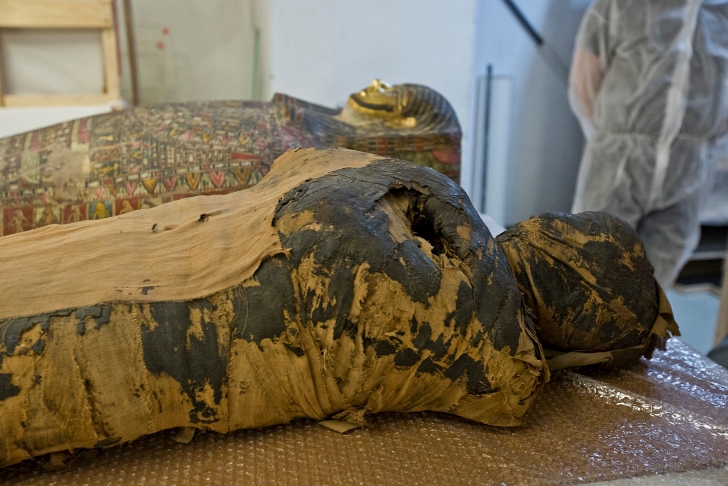
The mummy is thought to have come from either the royal tombs at Thebes or the Pyramid of Cheops in Giza and was brought to Poland in 1826. For years the mummy was assumed to be a male. But, upon closer inspection the results showed that it was instead a woman. The mummy was examined by archaeologists from the Warsaw Mummy Project, a group that works with universities and other organizations to reveal what is inside the mummies that fascinate the world.
The pregnant mummy was labeled as female when first brought to Poland, but was in a sarcophagus that was colorful and well-made, something that wasn’t common in the 1st century BC. The sarcophagus also had a beard painted on it, indicating that the mummy inside would be male. It wasn’t the 1920s that museum staff noticed the discrepancy and changed the supposed sex of the mummy to male.
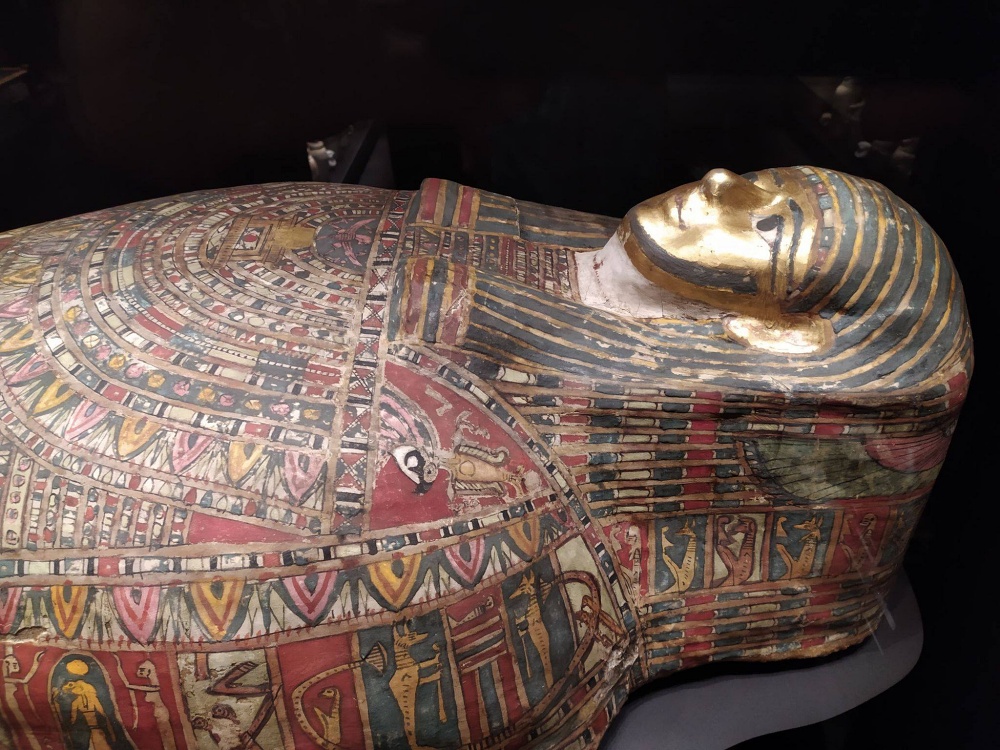
In the 19th century the Egyptomania craze meant that many mummies left Egypt during this time under shady circumstances. It is very likely that the sarcophagus and the mummy do not match simply because a mummy seller at the time knew they could get a higher asking price by combining 2 disparate artifacts and selling them as one “authentic” set.
Without taking off the delicate wrappings the team was able to look inside this 100 BC mummy using tomographic scans, including X-ray and 3D imaging. These methods scan through the outer material so that the wrappings, ornaments, skin, and hair of of the mummy are undisturbed throughout the process.
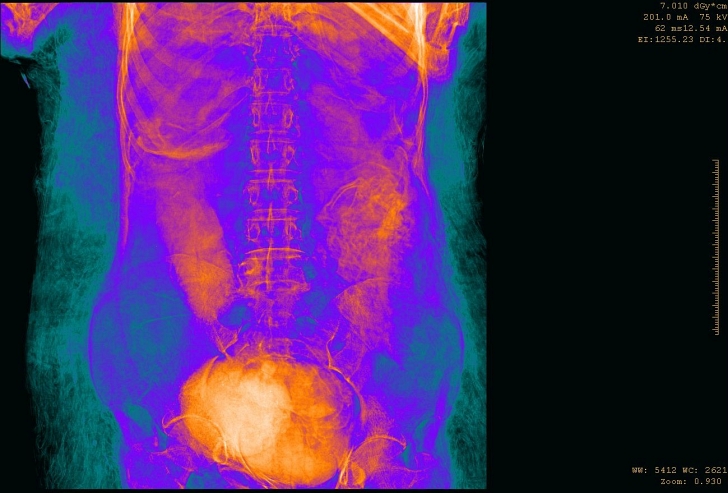
What they found is that the woman had long, flowing hair, and was between 26 and 28 weeks pregnant (around 7 months) at the time of her death. Researchers did take a small sample from the remains themselves and have so far determined that the woman was between 20 and 30 years old when she passed away. They hope to be able to perform more tests using her genetic material to understand more about her life and death.
Toxins and blood disorders can show up in analysis even thousands of years later, so there is a chance that her cause of death can still be uncovered. The sex of the fetus has not yet been determined.
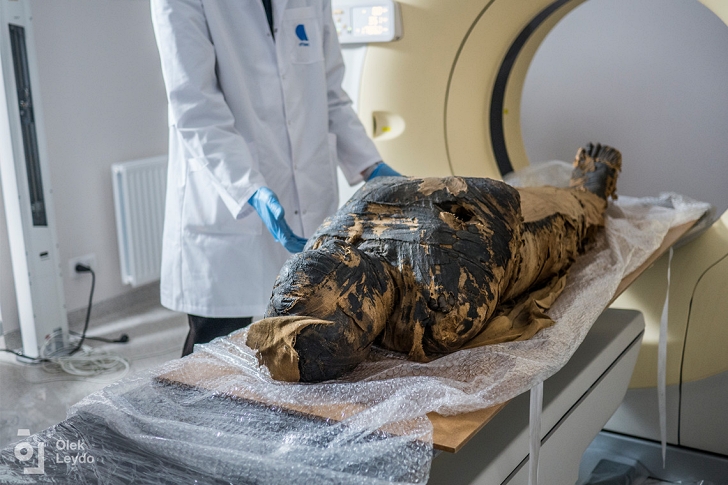
The woman who died while pregnant was clearly of high status or else she would not have been mummified and buried in an elaborate sarcophagus, but pregnant mummies are not a phenomenon that researchers have come across before. Perhaps new analysis of previously-discovered mummies will lead to more findings like these.
The research was recently published in the Journal of Archaeological Science in a paper penned by Wojciech Ejsmonda, Marzena Ożarek-Szilkeb, Marcin Jaworski, and Stanisław Szilkec.
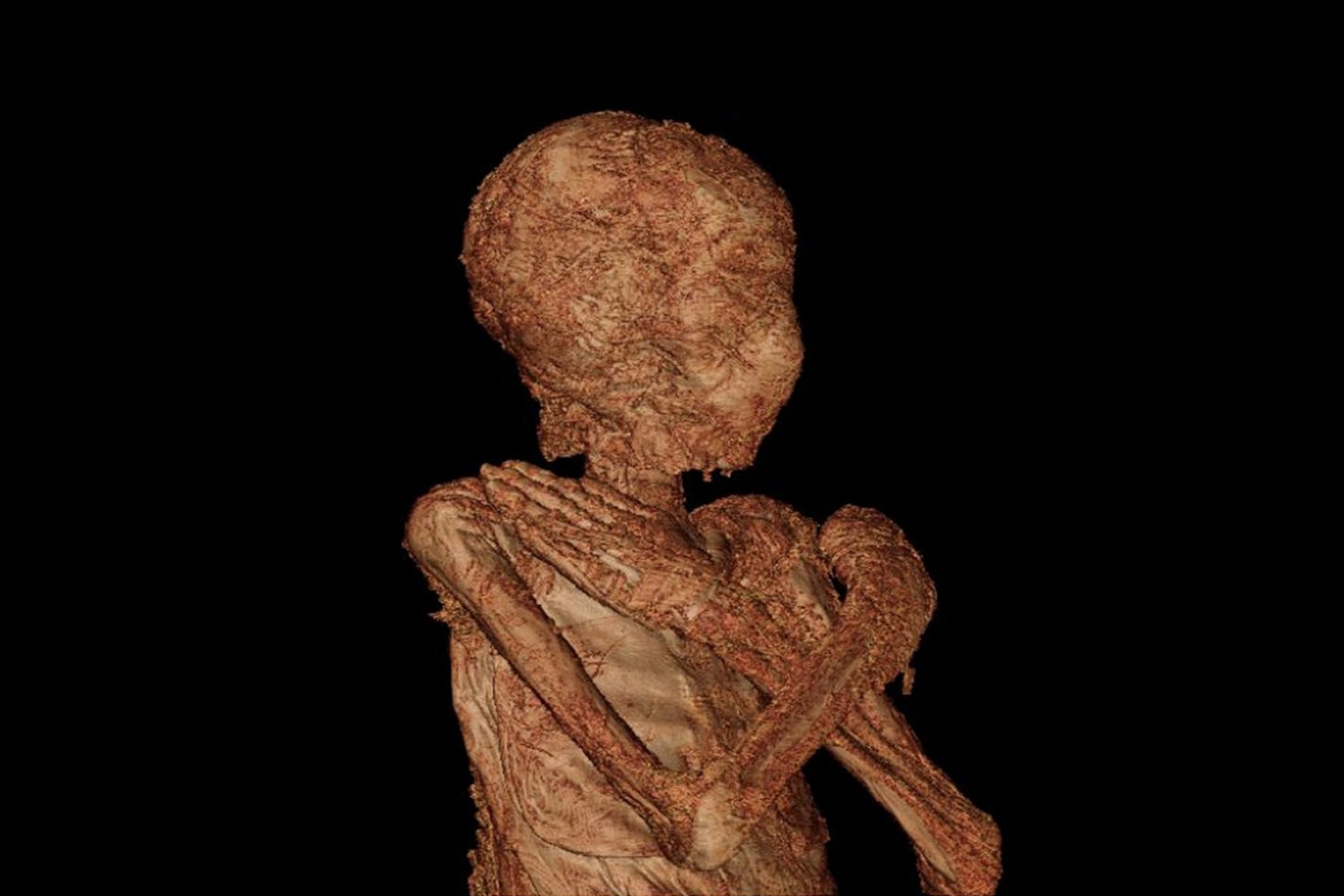
Details of the true form of the body can be completely obscured through the mummification process and over the passage of time and so the mummy did not bear obvious signs of being a pregnant female. When researchers saw the fetus on the scans they were gobsmacked. Marzena Ozarek-Szilke, an archaeologist on the project, said that, “When we saw the little foot and then the little hand [of the fetus] we were really shocked.”
SKM: below-content placeholderWhizzco for DOT

